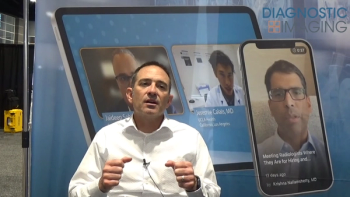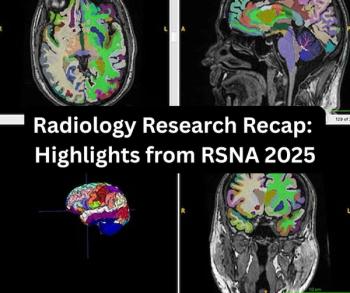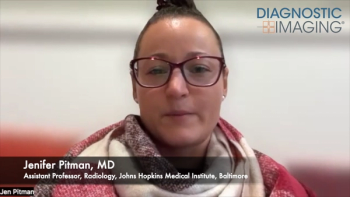
Toshiba raises stakes in open MRI with debut of cryogen-free supercon
Japanese vendor mulls sales of Opart in U.S.The open MRI segment has been one of the few bright spots in anotherwise battered MRI industry, with vendors reporting strongcustomer interest in the moderate price and non-claustrophobicconfigurations
Japanese vendor mulls sales of Opart in U.S.
The open MRI segment has been one of the few bright spots in anotherwise battered MRI industry, with vendors reporting strongcustomer interest in the moderate price and non-claustrophobicconfigurations of the systems. Toshiba was an early proponentof the open-magnet approach with Access, a 0.064-tesla platformacquired from Diasonics in 1989, but that scanner now appearsdated compared with more powerful competition released by othervendors.
Toshiba's status in the open segment is due to change, however,and quickly. The Japanese company displayed a new scanner at lastweek's Japan Federation of Medical Congress Promotion (JMCP) exhibitionthat takes open-magnet design to a new level.
Details on the new system are sketchy, but Toshiba has confirmedthat it is a superconducting 0.35-tesla magnet that is open onall four sides. The use of a superconducting magnet in an openMRI scanner is an important advance, but Toshiba's R&D engineersdidn't stop there: The new system also uses a cryogenless designthat removes the need for refills of liquid helium.
The new scanner is called Opart and will initially be targetedat the Japanese market, according to William Carrano, directorof MRI marketing at Toshiba America Medical Systems in Tustin,CA. Toshiba is examining whether the system will be introducedin the U.S.
"Current plans are to look at the technology and see howit addresses U.S. customers and market demands," Carranosaid.
If Opart is introduced in the U.S., it will boost Toshiba'sprospects in the open-magnet market by giving it a more modernalternative to the venerable Access platform. Opart should alsoprove popular in developing countries, where liquid helium suppliesare scarce.
Opart is a whole-body scanner and uses the same RISC-basedworkstation architecture and graphical user interface found onFlexart, Toshiba's 0.5-tesla scanner, and Visart, a new 1.5-teslasystem introduced as a work-in-progress at last year's RadiologicalSociety of North America meeting (SCAN 11/22/95).
Prospective buyers may have to pay a high price for Opart'stechnology, however. Opart will be priced at 390 million yen,which is the equivalent of $3.6 million at current exchange rates.That's a hefty premium over other open-magnet scanners, whichusually sell for around $1 million in the U.S. Retail prices inJapan are routinely inflated, however, and discounts off listprices in the 60% range are common, according to observers ofthe Japanese market.
Newsletter
Stay at the forefront of radiology with the Diagnostic Imaging newsletter, delivering the latest news, clinical insights, and imaging advancements for today’s radiologists.




























